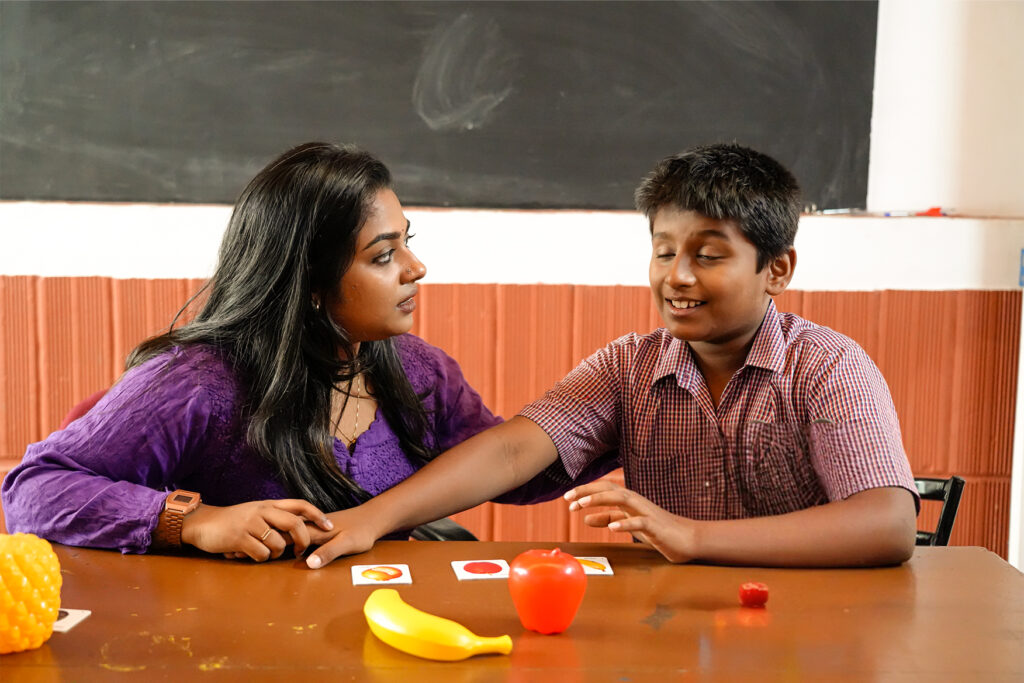Names, terms and labels define people! They define how the world sees them and they also often define a person’s own sense of self, self-confidence and self-worth. Words shape perception, policy, and practice.
In the case of disability, especially Intellectual and Developmental Disabilities (IDD), the words we use have the power to include or exclude, to empower or dehumanize. In India, where a widespread understanding of disability still remains patchy, using the right language is essential for dignity, rights, and inclusion.
A Global Evolution
This is however not a problem confined to our country. Nor is it something that is done and dusted at any point of time. As our understanding of these issues evolves, and as we evolve in humanism, the terms will keep undergoing changes.
Globally, the language around disability has undergone a significant transformation over the past century. In the early 20th century, terms like “idiot,” “moron,” and “feeble-minded” were not used only by common people, they were even used in medical and legal documents. These terms were later replaced with “mentally retarded.” This term had clinical origins, but ended up being a slur in popular usage.
By the late 2000s, growing recognition of the harm caused by such terms led to widespread reform. 2010 marked a landmark, with the passing of Rosa’s Law (2010) in the US. This replaced “mental retardation” with “intellectual disability” in all federal legislation. It was a significant change, because it reflected a shift toward person-first language, which emphasizes the individual rather than the condition (e.g., “person with an intellectual disability”).
The World Health Organization (WHO) and the American Association on Intellectual and Developmental Disabilities (AAIDD) have also adopted “intellectual disability” as the standard term, focusing on limitations in intellectual functioning and adaptive behaviour.
The Indian Context
In India, The Rights of Persons with Disabilities (RPwD) Act, 2016 officially replaced “mental retardation” with “intellectual disability” and expanded the scope of recognized disabilities to include autism, specific learning disabilities, and multiple disabilities.
Why is it Important?
A 2022 research review in Disability & Society highlighted how language that stigmatizes and follows stereotypes leads to poorer social inclusion, lower self-esteem, and limited access to services for people with IDD. The authors emphasized that language reform is not cosmetic—it affects policy prioritization, access to justice, and everyday interpersonal respect.
Several studies support the view that language directly influences how people with disabilities are perceived and treated. For instance, a 2019 study in Journal of Intellectual Disability Research found that people exposed to person-first language were more likely to view individuals with IDD as capable and deserving of support. Research from the University of Kansas (2016) showed that disability labels often shape teacher expectations in classrooms, influencing student outcomes.
Why Laws Alone Are Not Enough
While the laws mentioned above are important, they are not alone enough to change societal attitudes. A 2021 study by Vidhi Centre for Legal Policy found that discriminatory language in textbooks and government forms continue, reinforcing stereotypes and exclusion.
Much more needs to be done in terms of awareness and sensitization.
What Should We Say?
Here are some widely recommended best practices for referring to individuals with IDD:
- Use “person with an intellectual disability” or “person with a developmental disability” instead of outdated terms like “mentally retarded” or “mentally challenged.”
- The use of identity-first language (e.g., “autistic person”) is also gaining acceptance—especially when individuals themselves prefer it.
- Avoid euphemisms like “special child” or “divyang,” unless there is a specific context to do this. Many activists feel that these terms blur the focus from systemic barriers to spiritual framing.
The Road Ahead
Changing language is a critical step toward creating an inclusive society—but it must be accompanied by structural support. India needs public campaigns, curriculum reform, and media sensitization to replace harmful terminology with respectful language that reflects current global standards and legal mandates.
Inclusion begins with how we speak, write, and think. Using appropriate terms for persons with IDD is not just about being polite; it’s about being just.

